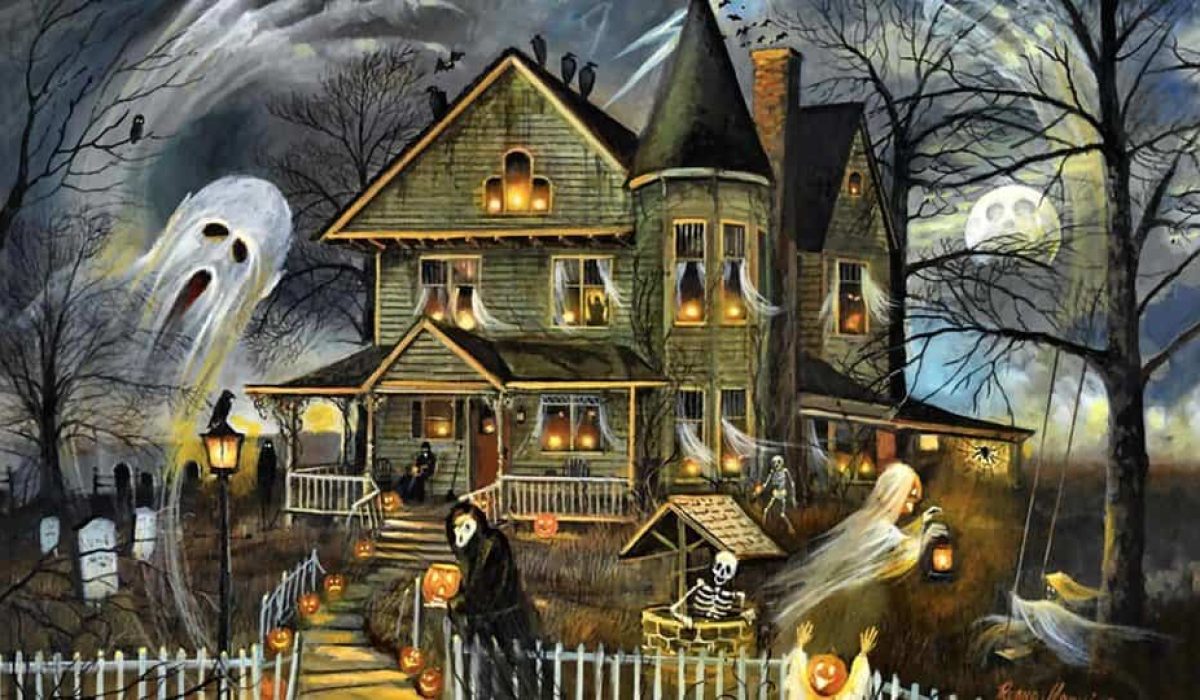How to Avoid Haunting Paint Failures
Halloween season is here. It is time to finish up your exterior painting. Unfortunately, many tricks lay waiting for you with peeling and flaking paint, wrinkling, cracked, and blistering paint. It is possible to do the job right, giving you the treat of a great paint job for years to come. Here are four expert painting tips to avoid a scary paint job.
- Properly Prepare the Area
The key to avoiding a nightmare is to prepare the surface well. Fix any holes and fill cracks, making sure you give everything plenty of time to set and dry. Next, scrub everything clean to clear away any loose dirt, splintered wood, and peeling paint. If you have an area of patched, unpainted wood or metal, it is important that you prime the area.
- Get Quality Paint
If you think one type of paint is as good as another, you’re dead wrong. Choose an exterior paint that is top quality. Acrylic latex paint is best because it sticks best to exterior surfaces, while still allowing everything to expand and contract with temperature changes. Other benefits are that it is:
- Long lasting
- Durable
- Holds up to different types of weather
No one wants to paint the exterior of their home every year or have to fix mistakes in the spring. Buying the right paint will help keep the paint looking great, no matter what kinds of demons fly at it.
- Choosing the Right Tools
Using quality tools will give you a more consistent application. The right brushes for exterior painting jobs have tightly packed, split bristles with varying lengths. Synthetic material is best for both brushes and rollers. They hold their shape best with latex paint, keeping the paint thick and even. If you can’t get new tools for the job, make sure your old brushes and rollers and completely clean and ready to use. Many paint failures are from using the wrong or poorly maintained tools.
- Wait for Ideal Weather
The most haunting part of exterior painting in October is the changing weather. If there is too much wind, the paint will dry quickly on your tools, ruin their ability to paint evenly. Paint requires dry conditions to set properly, so if rain or snow is in the forecast, it is best to wait for another day. It’s important to pay attention to the temperatures as well. It is best to wait for temperatures to be above 50 degrees Fahrenheit. Exterior latex paint will form a protective film to help with durability if it dries in the right conditions. If it is too cold, your paint is doomed. Not only will you tend to rush to get out of the cold, but the paint will react negatively too. Wait until the temperatures feel comfortable for you and your paint will yield better results.
Putting in a little extra effort to do the job right will help you avoid haunting paint failures in your exterior painting job. Take the time to prepare first and you won’t be sorry.


